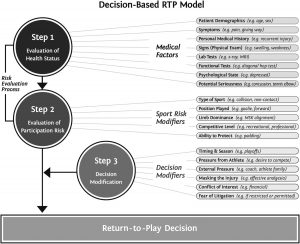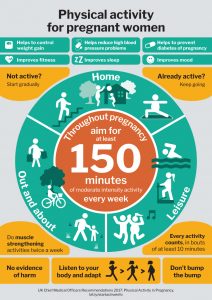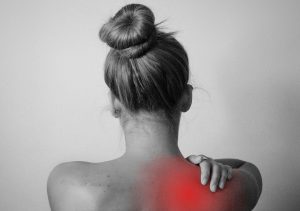Monday 6th September 2021
Hours: 4
Patient presentations:
- Hip Pain
- Knee Pain Post Trauma
Reflection Focus
- Knee Pain Post Trauma
Reflection Model
- Gibbs Reflective Cycle 1988
What Happened?
- Follow-up visit from the patient’s initial consultation. The patient reported that her knee pain was caused by slipping in a ‘split-like fashion.’
- On the same side as her knee pain, she was reporting symptoms consistent with MTSS and she has a PMH of a LAS sustained during a game of netball 2 years ago. Furthermore, the patient had sprained her ACL on the contralateral side 2 years ago also.
- I deemed the patient as active, participating in bootcamp exercise classes 4/7 and netball games 2/7.
What were you thinking and feeling?
- To be sustaining multiple injuries on one side of the body not only did I want to address the patient’s current symptoms but I was also interested in trying to limit the chances of sustaining yet another injury to her right lower limb.
Analysis & Evaluation
- The patient was active so she was adhering to her exercise prescription. Either as a result of the exercises, time, or both, her pain had decreased since her last visit.
- The patient believed that her PMH of a LAS was likely to be partially responsible for her sustaining so many ipsilateral injuries. I was inclined to agree with the patient, especially as she noted her LAS wasn’t rehabbed particularly well. With both the patient and myself ‘on the same page’ in regards to her injuries, I felt that she was willing to put time, effort, and energy into exercises that on the surface may not look obviously linked to her sites of pain. Furthermore, when I explained the reasoning behind some of these exercises she could see the holistic benefit, i.e. the patient understood that exercises such as a single-leg balance would help with the balance and stability of the ankle which plays an important role in maintaining our bodies centre of gravity against perturbations. If our centre of gravity moves away from our support base our bodies can move into positions that place them at a higher risk of sustaining an injury. For example, excessive knee valgus and internal rotation of the hip are known risk factors for sustaining an ACL injury (Statsi, et al., 2014), something which the patient has already sustained on her contralateral side.
Conclusion
- Overall, this particular case highlighted the importance of treating the root cause of a problem rather than just the symptoms. I know, for me, it can be easy to focus on just the site of injury and forget that the injury can be impacting another part of the body or, the injury arose due to a weakness in another area of the body.
Revisiting Reflection
References
- Di Stasi, S., Myer, G. D., & Hewett, T. E. (2013). Neuromuscular training to target deficits associated with second anterior cruciate ligament injury. J Orthop Sports Phs Ther, 43(11), 777–A11. https://doi.org/10.2519/jospt.2013.4693


